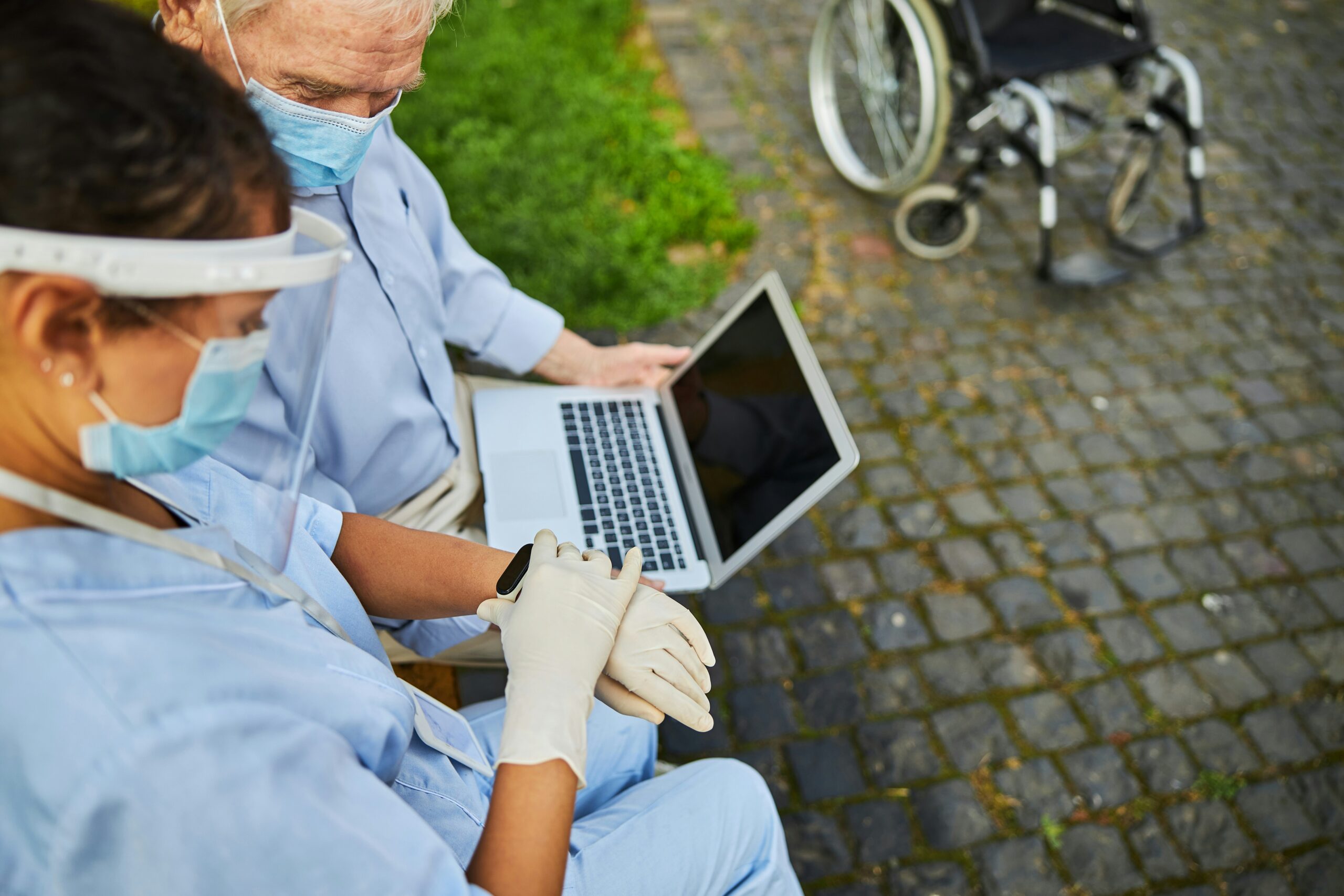
A New Chapter in Healthcare Access
For decades, healthcare in rural areas and for seniors has faced one unshakable barrier: access. Whether it’s the nearest clinic being 50 miles away or a lack of specialists within reach, these challenges have long left millions underserved. But now, technology is stepping in—not as a distant dream, but as a practical, human-centered solution reshaping how and where care happens.
When a Video Call Replaces a Long Drive
Telemedicine has become the lifeline for many rural and elderly patients. A simple video call can mean skipping a two-hour drive for a follow-up appointment or avoiding exposure in crowded waiting rooms. Seniors managing chronic conditions like diabetes or heart disease can now consult doctors from their living rooms.
Take, for example, 78-year-old Ruth from a small Midwestern town. With limited mobility, she used to rely on neighbors to drive her to appointments. Now, with a tablet provided through a local healthcare program, Ruth connects with her doctor monthly via video. This not only saves her time but gives her a sense of independence she hadn’t felt in years.
The Rise of Remote Monitoring Devices
Beyond telemedicine, wearable and remote monitoring technologies are quietly transforming care. Devices like smartwatches and connected glucose meters send real-time health data to clinicians, allowing early detection of potential issues before they escalate. For rural patients, this can literally mean the difference between life and death.
Imagine a senior living alone in a remote community. Their smartwatch tracks heart rate irregularities and instantly alerts a nurse when something seems off. Within minutes, the nurse calls to check in, preventing what could have been a serious medical emergency. This kind of continuous connection bridges the gap between isolated patients and responsive care teams.
Community Health, Powered by Data
Technology doesn’t just connect individuals—it empowers communities. Digital health records and cloud-based systems allow local clinics to share data with regional hospitals. This ensures that even if a patient travels to another facility, their medical history is instantly accessible. It’s a simple yet powerful change that eliminates redundant tests, speeds up diagnosis, and enhances coordination among healthcare providers.
In areas where resources are stretched thin, data analytics also helps identify health trends—like spikes in respiratory illnesses or medication shortages—so public health officials can act quickly. Rural communities, once the last to receive such information, are now better equipped to respond proactively.
Mobile Clinics and Drones: Innovation on the Move
While digital tools dominate much of the conversation, physical technology is making waves too. Mobile clinics equipped with diagnostic tools travel to far-flung areas, offering essential checkups and screenings. In places where roads are rough and pharmacies scarce, drones are even being used to deliver medication and vaccines.
In Rwanda and parts of the U.S., for instance, drones have drastically cut delivery times for critical supplies. What once took hours by car now takes minutes by air. For seniors with limited transportation options, this kind of innovation is nothing short of revolutionary.
Breaking the Digital Divide
Of course, technology can only help if people can use it. Many seniors and rural residents still struggle with internet access or digital literacy. Recognizing this, healthcare organizations and local governments are investing in training and infrastructure. Programs that teach older adults how to use tablets or health apps have shown remarkable success in boosting confidence and participation.
Affordable broadband initiatives are also expanding internet coverage to underserved areas. This ensures that virtual healthcare isn’t a privilege—it’s a standard service accessible to everyone, regardless of ZIP code or age.
Human Touch in a Digital World
One of the biggest fears surrounding technology in healthcare is that it might replace the human element. But in reality, when used thoughtfully, it does the opposite—it enhances human connection. Nurses and doctors can spend more time focusing on care and less on paperwork. Family members, too, can stay informed through patient portals and monitoring apps, creating a stronger support network around seniors.
Technology is not meant to replace compassion; it’s there to extend it—reaching those who were once out of reach.
Looking Ahead: From Promise to Everyday Practice
The role of technology in closing healthcare gaps is no longer theoretical. From telehealth to AI-powered diagnostics, from data-driven planning to mobile outreach, the tools are here—and they’re working. The next step is making these solutions sustainable and equitable.
Healthcare providers, policymakers, and tech innovators must continue collaborating to ensure technology adapts to human needs—not the other way around. As we move forward, success will depend on keeping healthcare both high-tech and high-touch.
Final Thoughts
Technology has become the great connector in healthcare, turning miles into minutes and limitations into opportunities. For seniors and rural communities, it’s not just about gadgets or apps—it’s about dignity, access, and the simple reassurance that help is always within reach.
The gap between patient and provider is closing, not because of machines, but because of the thoughtful ways we’re using them to care for one another. And that’s a story worth telling.